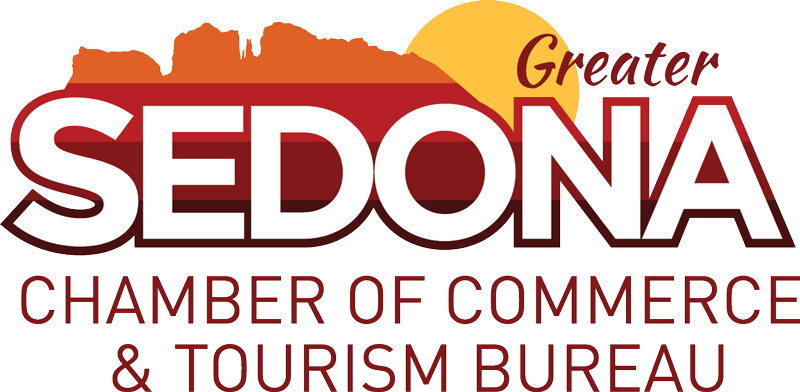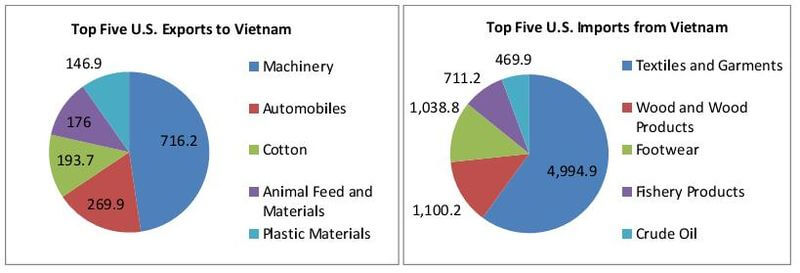Going Global: Strategic Approaches to International Sourcing and Selling for American Businesses
The Reality of America’s International Trade Landscape
The numbers tell a clear story: American businesses are far more active in importing than exporting. With the U.S. trade deficit reaching $1.2 trillion in 2024, the imbalance has become a defining feature of our international business landscape. For small and medium-sized enterprises (SMEs), this trend reflects practical realities rather than patriotic choices.
Vietnam has emerged as a manufacturing powerhouse, attracting major American brands seeking alternatives to Chinese production. The evidence is compelling: Nike now manufactures approximately 51% of its global footwear output in Vietnam, up from much smaller percentages in previous decades, while its production in China has dropped to just 21%. Similarly, Adidas now produces about 40% of its footwear in Vietnam, having cut its Chinese manufacturing footprint by 50% over the past decade.
These shifts by industry giants highlight the strategic advantages Vietnam offers – advantages that are equally available to smaller businesses ready to explore international sourcing.
Why American Businesses Prefer to Source Internationally
Cost Advantages that Can’t Be Ignored
The most compelling reason for international sourcing remains straightforward: cost savings. Labor-intensive production in countries like Vietnam typically comes with significantly lower costs. Vietnam’s average labor cost is approximately $2.99 per hour, far less than China’s $6.50 per hour, according to industry analysts.
These cost differentials create substantial margins that can make or break a business in competitive markets. As one industry report noted, “Vietnam’s monthly minimum wage ranges from US$125 to $180, with the highest rates in urban areas of Ho Chi Minh City and Hanoi” – often half of what manufacturers pay in China.
Access to Specialized Manufacturing Capabilities
Cost isn’t the only driver. Many regions have developed specialized manufacturing ecosystems that would be difficult to replicate domestically. Vietnam, for instance, has become a hub for high-quality footwear and apparel production, with companies like VF Corp (parent of The North Face, Timberland, and Vans) establishing significant supply chains there.
The country now has a concentration of skilled workers and support industries specifically geared toward these sectors. According to recent manufacturing disclosures, VF Corp sources from Vietnam for about 17% of its suppliers, part of a strategic diversification away from exclusive reliance on China.
Lower Barriers to Entry
For many SMEs, establishing international sourcing relationships has become significantly easier than in previous decades. E-commerce platforms, specialized sourcing agents, and industry trade shows have created streamlined pathways to connect with overseas suppliers.
Companies like Sourcify help businesses find pre-vetted factories in Vietnam, dramatically reducing the time required to establish manufacturing relationships. What once might have taken months of research and international travel can now be accomplished in weeks with the right partnerships.
Export Opportunities: The Road Less Traveled
Despite the importing trend, export opportunities remain significant for businesses with the right products and approach.
Premium American Products Still Command Global Respect
Certain categories of American goods maintain strong international appeal, particularly those associated with innovation, quality, and prestige. Advanced technology, premium consumer goods, specialized industrial equipment, and agricultural products all continue to find receptive markets abroad.
E-Commerce Has Lowered Export Barriers
Just as digital platforms have simplified importing, they’ve also created new pathways for exporters. American businesses can now reach international consumers directly through global marketplaces and their own e-commerce platforms.
The Critical First Steps to International Trade
Whether sourcing products or selling abroad, certain fundamentals apply to businesses venturing into international trade.
Start with Research and Planning
Before committing resources, thorough market research is essential. For importers, this means understanding product specifications, quality expectations, and total landed costs. For exporters, it requires analyzing market demand, competition, and regulatory requirements.
Both paths demand realistic financial planning. International trade typically requires more working capital due to longer payment cycles, shipping times, and upfront expenses.
Build Relationships Through Direct Engagement
Despite digital connectivity, successful international trade still depends on relationships. Organized trade missions, like the upcoming Vietnam opportunity, offer structured ways to establish face-to-face connections with potential partners.
Protect Your Interests
International transactions involve inherent risks that require mitigation strategies:
Financial Protection: For importers, start with small orders, then gradually increase volume as trust builds. For exporters, consider letters of credit or requiring partial payment upfront for initial orders.
Quality Assurance: Establish clear specifications and implement inspection protocols. Many businesses use third-party quality control services in the source country.
Intellectual Property: Register trademarks and patents in target markets and use appropriate contractual protections with overseas partners.
Legal Frameworks: Work with attorneys experienced in international business to develop contracts that address dispute resolution and governing law.
Manage Logistics and Compliance
The practical aspects of moving goods internationally require attention to:
Shipping Logistics: Partner with established freight forwarders who understand your specific trade lanes.
Customs Compliance: Ensure proper product classification, documentation, and duty payments to avoid delays and penalties.
Regulatory Requirements: Research product-specific regulations in your target markets, from labeling to safety standards.
Learning from Real Success Stories
Steve Madden, the footwear company, has successfully navigated international manufacturing transitions. In response to changing trade dynamics, CEO Edward Rosenfeld announced that the company would slash its imports to the U.S. from China by as much as 45% over a year, accelerating its move to Vietnam, Cambodia, Mexico, and Brazil.
Peter Baum, CFO and COO of Baum Essex (which makes products for brands like Nautica, Betsey Johnson, and Steve Madden), moved factories from China to the Philippines, Cambodia, Vietnam, and India during the first Trump administration in 2019. This type of diversification strategy has helped many companies maintain competitive pricing while spreading supply chain risk.
The sportswear industry offers particularly clear examples of successful international sourcing. Beyond Nike and Adidas, Deckers Brands (parent company of Ugg and Hoka) has established 68 supply chain partners in Vietnam, making it their second-largest country for suppliers after China.
The Value of Structured Support
For businesses contemplating international trade, structured opportunities like organized trade missions provide significant advantages:
Vetted Connections: Pre-screened meetings with potential partners who match your business needs
Local Expertise: Access to professionals who understand both Vietnamese and American business practices
Peer Support: Opportunities to connect with other American businesses facing similar challenges
Ongoing Resources: Connections to support services for when you return home
The Future of International Trade
America’s trade imbalance has prompted policy responses, including new tariff structures announced in April 2025. These changes may reshape certain aspects of international business but are unlikely to reverse the fundamental economics driving sourcing decisions.
Smart businesses will continue developing strategic approaches that leverage both importing and exporting opportunities. Those who understand the nuances of global trade and build strong international relationships will find competitive advantages regardless of which direction goods are flowing.
If you’re interested in learning more about sourcing or selling in Vietnam, we have an exciting trade trip we’ve partnered with Indus Travel to offer our members.
Discover Vietnam
Chamber Tour, departing October 21, 2025! This is a once-in-a-lifetime opportunity for members to explore Vietnam’s breathtaking landscapes, vibrant cities, and rich culture—all while supporting the Chamber.
Interested in going? Checkout the live webinar designed to drive engagement and answer any questions about the trip.
📅 Webinar Details:
Date: Tuesday, May 14, 2025
Time: 10:30 AM (PT)
Join Link: https://meet.zoho.com/zmhE-1nt-23y



